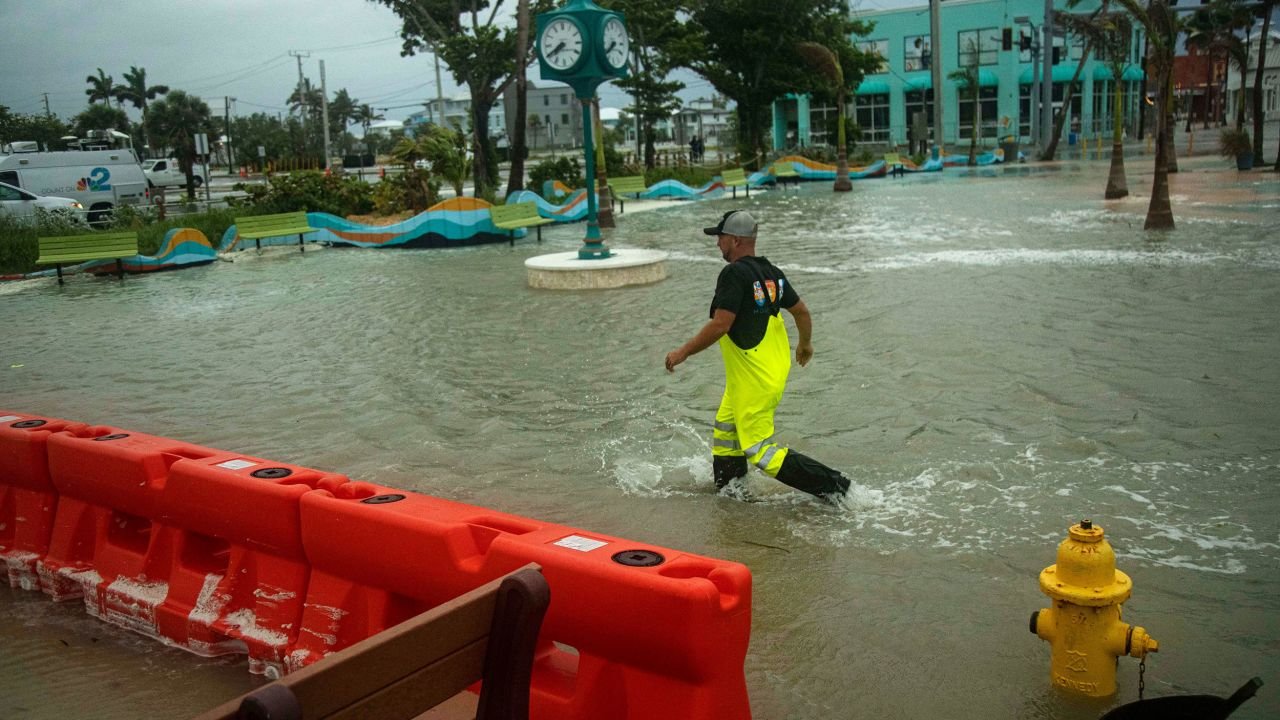| In Short |
| Hurricane Helene tracker live updates show the storm affecting Georgia, Alabama, Tennessee, and North Carolina. |
| Hurricane Helene is moving inland, bringing heavy rainfall, flooding, and strong winds across multiple states. |
| Residents are advised to stay informed, avoid flood-prone areas, and prepare for potential evacuations. |
| Power outages, transportation disruptions, and emergency response efforts are ongoing in affected areas. |
| The increasing intensity of hurricanes like Helene is linked to the effects of climate change. |
As Hurricane Helene continues to move inland, communities across multiple states are on high alert due to the increased threat of flooding and severe weather conditions. With its powerful winds, heavy rainfall, and potential for flash flooding, the storm has prompted widespread concerns, urging people to stay informed and take necessary precautions.
This article will provide the latest live updates on the Hurricane Helene tracker and explore how the storm’s impact is unfolding in affected regions.
Hurricane Helene’s Path: Tracking the Storm’s Movement
The hurricane has transitioned from a Category 2 storm to a tropical system but still poses significant risks as it progresses inland. The National Hurricane Center’s (NHC) “Hurricane Helene tracker live” feed shows that the storm is gradually moving northwest, affecting inland communities that are now bracing for heavy rainfall, strong winds, and the possibility of flash flooding.
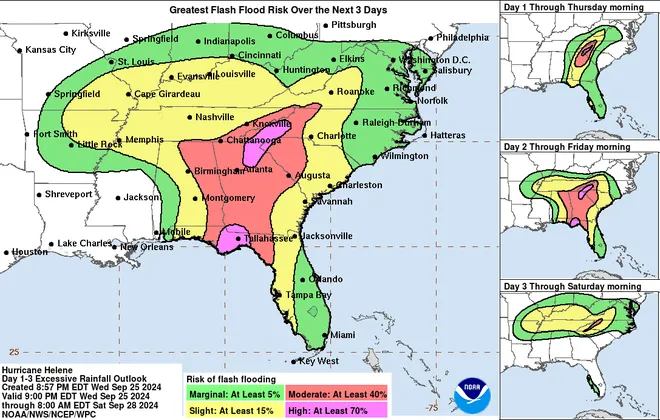
The storm’s center is expected to continue moving across the southeastern United States, and although it is weakening, its potential to cause widespread damage remains high. According to the NHC, the storm’s path is set to bring intense weather conditions to parts of Georgia, Alabama, Tennessee, and North Carolina over the next few days.
Inland Flooding: A Major Concern
One of the most pressing issues associated with Hurricane Helene is the risk of inland flooding. As the storm travels further inland, it brings with it torrential rainfall that can quickly overwhelm rivers, streams, and drainage systems, leading to flash floods and dangerous water levels. Here are some of the areas that could face the highest risk:
1. Georgia and Alabama
- Parts of Georgia and Alabama are expected to experience heavy downpours, with rainfall totals ranging from 5 to 10 inches in some areas. Flash flooding is a significant concern, particularly in low-lying regions and areas near rivers and streams.
2. Tennessee and North Carolina
- Tennessee and North Carolina could see similar rainfall patterns, with the potential for localized flooding. Residents in these states are advised to monitor the “Hurricane Helene tracker live” updates and be prepared for possible evacuations if water levels continue to rise.
How to Stay Safe During the Hurricane
As Hurricane Helene continues to make its way inland, it’s essential for residents in affected areas to prioritize safety and stay informed. Here are some critical safety tips to keep in mind:
- Stay Informed: Monitor local news channels, weather apps, and the “Hurricane Helene tracker live” for the latest updates. Be aware of any evacuation orders or emergency alerts issued by local authorities.
- Avoid Flood-Prone Areas: Do not attempt to drive through flooded roads or cross rivers and streams with high water levels. Even a few inches of water can be dangerous and sweep vehicles away.
- Prepare an Emergency Kit: Have an emergency kit ready, including essential supplies such as water, non-perishable food, medications, flashlights, batteries, and first-aid supplies.
- Secure Your Home: If you live in a flood-prone area, take precautions to protect your home, such as moving valuables to higher ground, sealing basement windows, and reinforcing doors.
Widespread Power Outages and Infrastructure Damage
As Hurricane Helene moves inland, power outages and infrastructure damage are becoming more widespread. Strong winds have already knocked down power lines, uprooted trees, and caused damage to buildings and homes in some areas. Utility companies have deployed crews to restore power, but the extent of the damage means that some residents may experience prolonged outages.
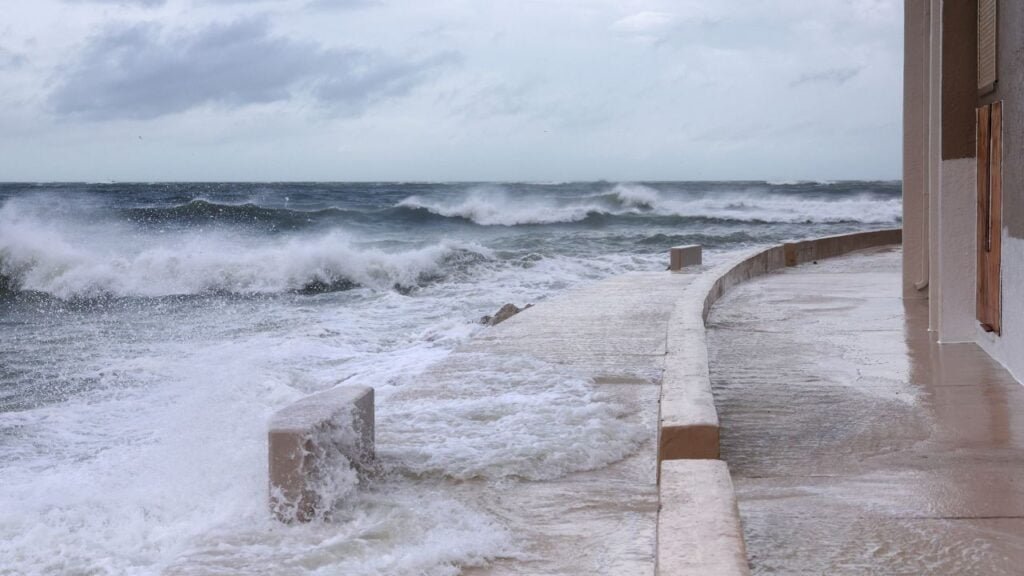
Motorists are also facing challenges, with several major highways and roads becoming impassable due to flooding, debris, and fallen trees. Emergency services have been working tirelessly to clear the roads and assist those affected by the storm, but residents are advised to avoid unnecessary travel until conditions improve.
Hurricane Helene’s Impact on Transportation
The inland movement of Hurricane Helene has had a significant impact on transportation, with multiple flight cancellations, road closures, and disruptions to rail services reported. Major airports across the southeastern United States, including Atlanta and Charlotte, have experienced flight delays and cancellations due to the storm’s impact. Passengers are advised to check with their airlines for real-time updates on flight schedules.
Similarly, the flooding and debris on roadways have made travel dangerous in some regions, prompting officials to issue travel advisories and encourage residents to stay off the roads unless absolutely necessary. Public transportation services, including buses and trains, have also been disrupted, with delays and cancellations expected in the coming days.
Emergency Response Efforts and Evacuations
State and local emergency management agencies have been actively responding to Hurricane Helene’s impact, deploying resources and personnel to assist affected communities. Emergency shelters have been established in several states, providing a safe space for residents who need to evacuate their homes.
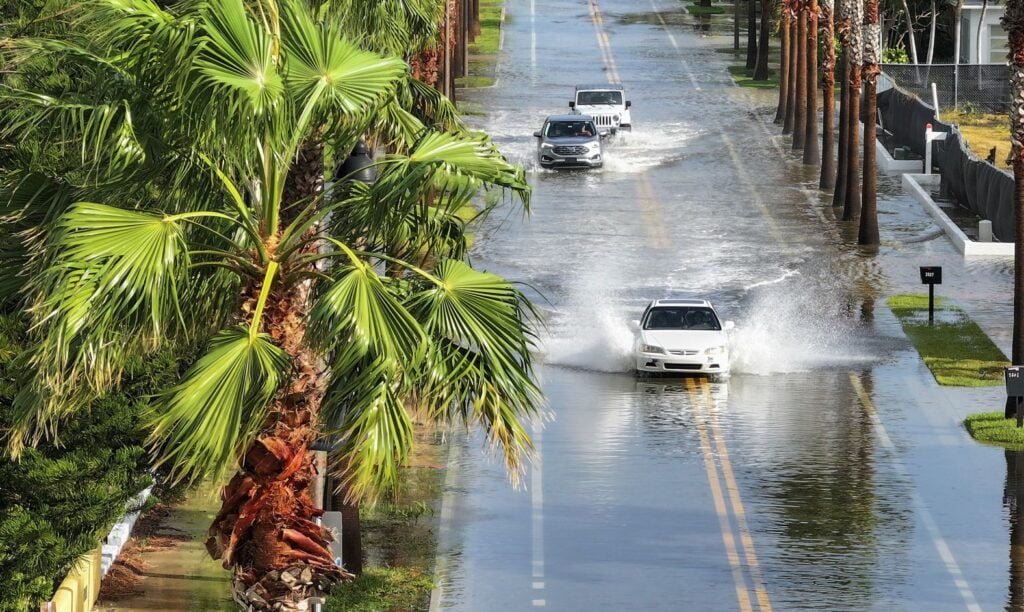
The Federal Emergency Management Agency (FEMA) has also been coordinating with state and local authorities to provide assistance, including search and rescue operations, medical aid, and support for those affected by the storm. Residents in high-risk areas are urged to follow evacuation orders and seek shelter if needed.
How Climate Change Is Intensifying Hurricanes Like Helene
The increasing intensity and frequency of hurricanes like Helene are being attributed to climate change. Rising sea temperatures provide more energy to storms, making them stronger and more capable of causing destruction. This phenomenon has led to more powerful storms, heavier rainfall, and greater risks of flooding in inland regions, as seen with Hurricane Helene.
As climate change continues to alter weather patterns, experts predict that storms will become more intense and challenging to predict, underscoring the importance of preparedness and adaptability in the face of such natural disasters.
How to Track Hurricane Helene Live Updates
For real-time information, the “Hurricane Helene tracker live” updates are available through the National Hurricane Center’s website, local news channels, and weather apps. These platforms provide accurate and up-to-date information on the storm’s path, intensity, wind speeds, and rainfall projections, helping residents stay informed and make critical decisions about their safety.
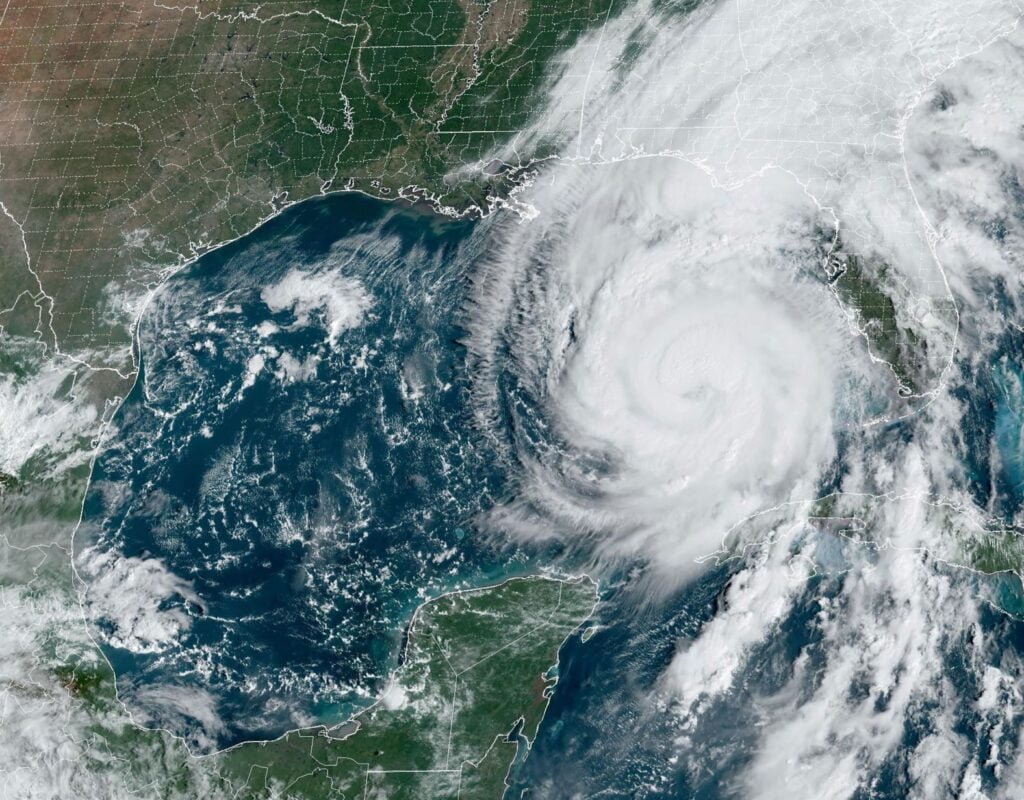
By staying connected to reliable sources of information, residents can better prepare for the storm’s impact and respond effectively to changing conditions.
Hurricane Helene’s Path and What Lies Ahead
As Hurricane Helene continues to make its way inland, the threat of flooding, power outages, and infrastructure damage remains a concern. While the storm has weakened, its potential to cause widespread disruption is still significant. Residents in affected areas should continue to monitor the “Hurricane Helene tracker live” for updates and take necessary precautions to stay safe.
This storm serves as a reminder of the unpredictable nature of hurricanes and the importance of preparedness in minimizing their impact. By staying informed, following safety guidelines, and heeding warnings from local authorities, communities can navigate the challenges posed by Hurricane Helene and emerge stronger in the aftermath.
For Latest News Updates Click Here.
